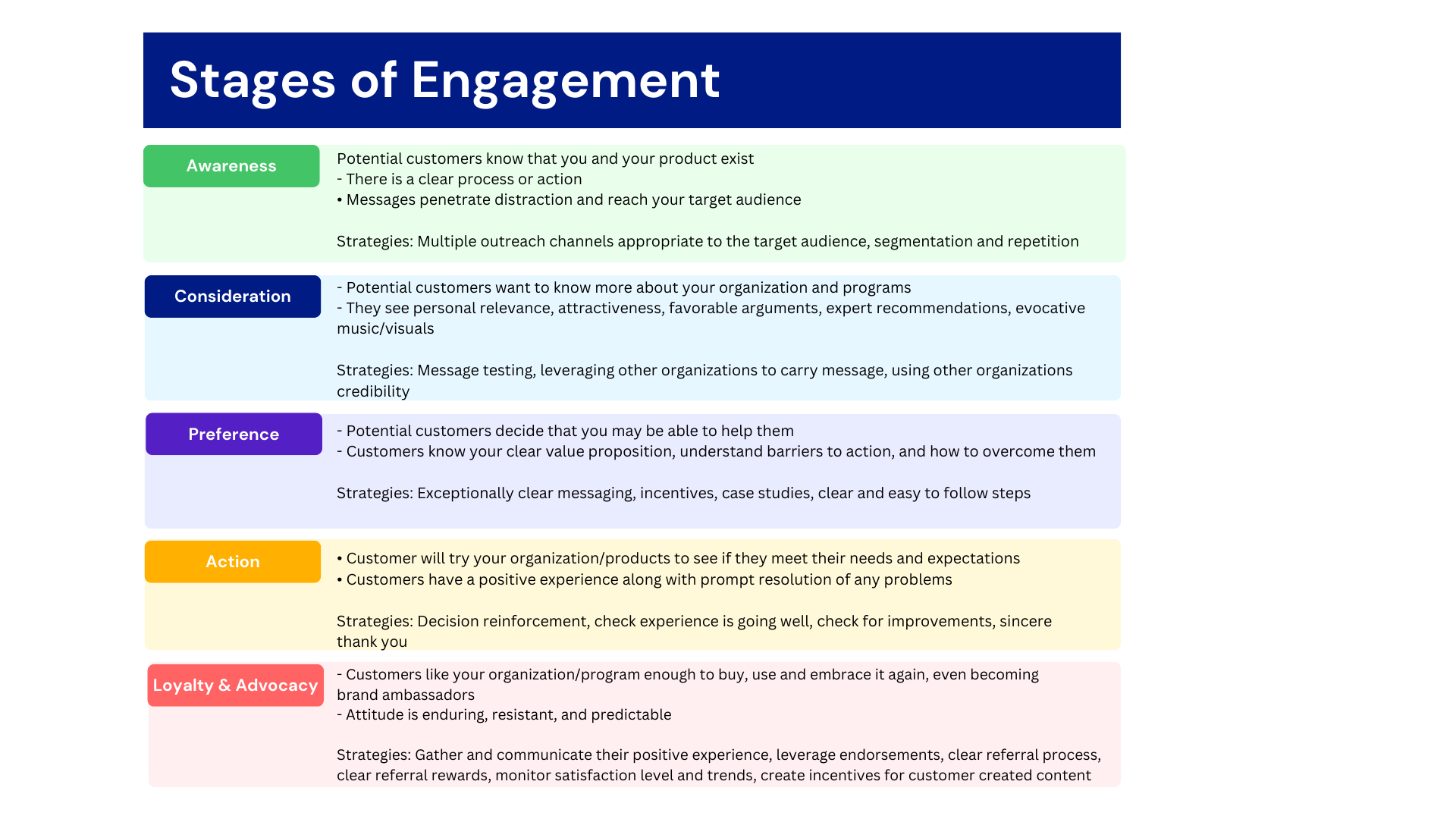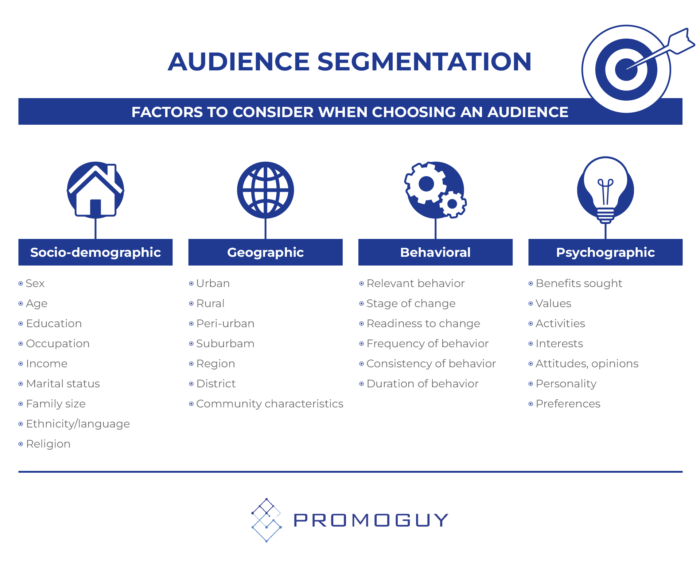The ethos behind Web 2.0 has been that of building relationships and connectivity. This has also been the predominant mode of business relations between companies and consumers. Consequently, community management has become a core part of every successful brand. This is one of those factors that separates a good brand from a great one.
Community-building and management tactics are crucial to building rapport with your customer. They serve multiple purposes from creating online community engagement to social listening and feedback. Communities help create a feedback loop that lets businesses do their jobs better.
Building and maintaining a community has many benefits including:
- The ability to easily obtain feedback from your core target audience.
- Build a framework for deriving ideas from customers and audience members.
- Provide support to audience members, fans, and customers.
- Increasing brand and product awareness.
- Effective customer outreach in terms of their wants, expectations, and preference towards content, products, services, and support.
- Boosting engagement in the form of customer interactions, conversions, and sales.
- Provide value to your customers through emotional engagement so they feel they have a stake in your brand.
Building a Community Management Strategy
Community-building strategies always aim to instil a positive impression of the brand so that customers feel they have a stake in the company. To create such a visceral effect, companies need effective marketing and communication. This can only come through proper strategy.
The purpose of these tactics is to work your way through the stages of the engagement funnel, based on this community engagement model:

Designing Your Community
- Choose Your Channels
Any community marketing strategy has to account for a 2-way communication flow. This is why social media is a crucial weapon within the brand’s arsenal. Choose the best channel that suits your product and desired audience.
A solid communication plan for community engagement should also take into account what social media tools, format, and audience you will encounter with each channel.
- Find Your Audience
Every audience has sub-segments within it. You need to decide which are important for your brand and how best to approach them. The following data points can help decide how to optimize your customer acquisition funnel:


Setting Goals & KPIs for Community Management
You shouldn’t create a community engagement strategy with scatter-shot aims. It’s best to know 3 things before you head out and start building a community around your goods or services:
- What your audience is receptive towards
- The aims of your product
- The type of community you want
For the last part, there are many different goals your community-building can strive towards:
- Perception management
- Build a community that thrives on sharing the love of your goods or services
- Strong emotional engagement in a shared community spreads word-of-mouth
- Think about how many more people defend Tesla online than own one of their cars
- Awareness creation
- Communities can also be useful tools for doing marketing for you
- A strong community can be the backbone of online campaigns, hashtags, and trends
- Product releases are greatly boosted by
- Customer education & support
- Communities not only allow for a place for customers to learn from you but also each other
- Companies have long been letting users create amazing tutorials for their products
- YouTube is rife with examples of how to use music gear or audio-visual software
- Advocacy
- Let your community advocate for your products
- Give them free samples and ask them to make content
- Gaming companies have long since fostered communities around rivalry (PS vs XBOX)
- Analysis and Feedback
- Fanbases can also serve as a community-based feedback mechanism
- Customers can also beta-test products and suggest new ways to improve things
- The gaming sphere is full of beta-testing successes and even user-made content
- Another way to get feedback is a customer exit survey
- Drive acquisition
- The end goal of all communities is to grow your product acquisition
- Communities do this by developing an emotional bond with the product
- A person within the community is far more likely to pick up your next product
Evaluation & Customer Engagement Metrics

Finally, you need to evaluate the process by monitoring and assessing your community engagement metrics. Measuring digital customer engagement has never been easier thanks to modern software like SEMrush or Ahrefs.
Important metrics for community analytics include:
- Retention
The number of people coming back after a significant period decides your staying power. The measurement period can vary because all services are different. For example, an iPhone will have till the next generation to measure how many people come back. However, Netflix subscription results will be based on annual (or even monthly drops if things get serious).
- Frequency of usage
How often are people using your service? If they sign up but never truly engage, they may be losing interest and your community is stagnant. Measure daily or monthly active users to find out how engaged they are.
- Average session length & log in times
How long do people stay on your service or use your goods? This also comes in handy for deciding when people have the most time, which in turn allows you to make decisions such as posting times or content releases for maximum impact.
- Percentage of user-generated content
Are people uploading their own content or engaging meaningfully with the format?
- The ratio of posts, shares, and likes
Ideally, you should have as many people posting their own content and creating topics of discussion. While liking and sharing are good, true engagement incentivizes members to produce content.
- Community self-monitoring stats
One of the less frequently mentioned metrics for community engagement. If your community is helping clean itself up by reporting content or flagging inappropriate content, they are automatically more engaged.
Social Media Community Management Strategy

Community building and social media go hand-in-hand. Community Management on social media requires these aspects and practices:
- Acquisition
Both you and your community elevate your marketing in a participatory manner. The community is an extension of the brand and impacts the impression of the company. Your customer’s values become your own, so social media messaging attracts the right people.
- Social Customer Care
Social media spending and expectations of customers have increased dramatically. Customers expect a response to queries within half an hour. Accessibility is key because the core customers are the most important feedback source. Do frequent surveys, try polling on Twitter, keep an active discord server, and offer discounts to people who receive bad service.
- Crisis Management
When there’s a fire to put out, social media is the fastest way to get the message to your audience. Getting ahead of a crisis is also crucial, so it’s important to temper the response to a problem by addressing it first.
- Retention
The key to retention is to embody the values the customers have come to expect. As indicated by market research, online communities are most receptive to brands that have aspirational value. When engaging communities, the brand should make customers feel like they are building something together. Keep them active in the story of the company through contests, shoutouts, feedback, and price incentives.
- Advocacy
Allow for user-generated content so you can monitor and incentivize it. Additionally, keep an eye on your mentions with Google alerts, link tracking, and analytics. You can also give out discount codes and free samples to potential advocates.
What’s the Difference Between Social Listening & Social Monitoring
Social media listening is the action of gathering data from platforms to evaluate and improve your brand performance. This is a complicated process involving all channels and even competitors’ performances. The goal is to derive actionable insights from a large dataset of customers.
While social media listening is a broad category with long-term goals, it encompasses monitoring within it as a short-term and reactive process. Social media monitoring can serve as a brand’s customer service over social media. This is the practice of getting ahead of issues (crisis management) and handling customer queries (crisis management).
Here’s how social media listening increases customer advocacy:
- It involves analyzing and learning from customer feedback and conversations
- Social listening helps identify the biggest fans and improve their experience
- Tracking mentions and assuring advocates the brand understands their concerns


